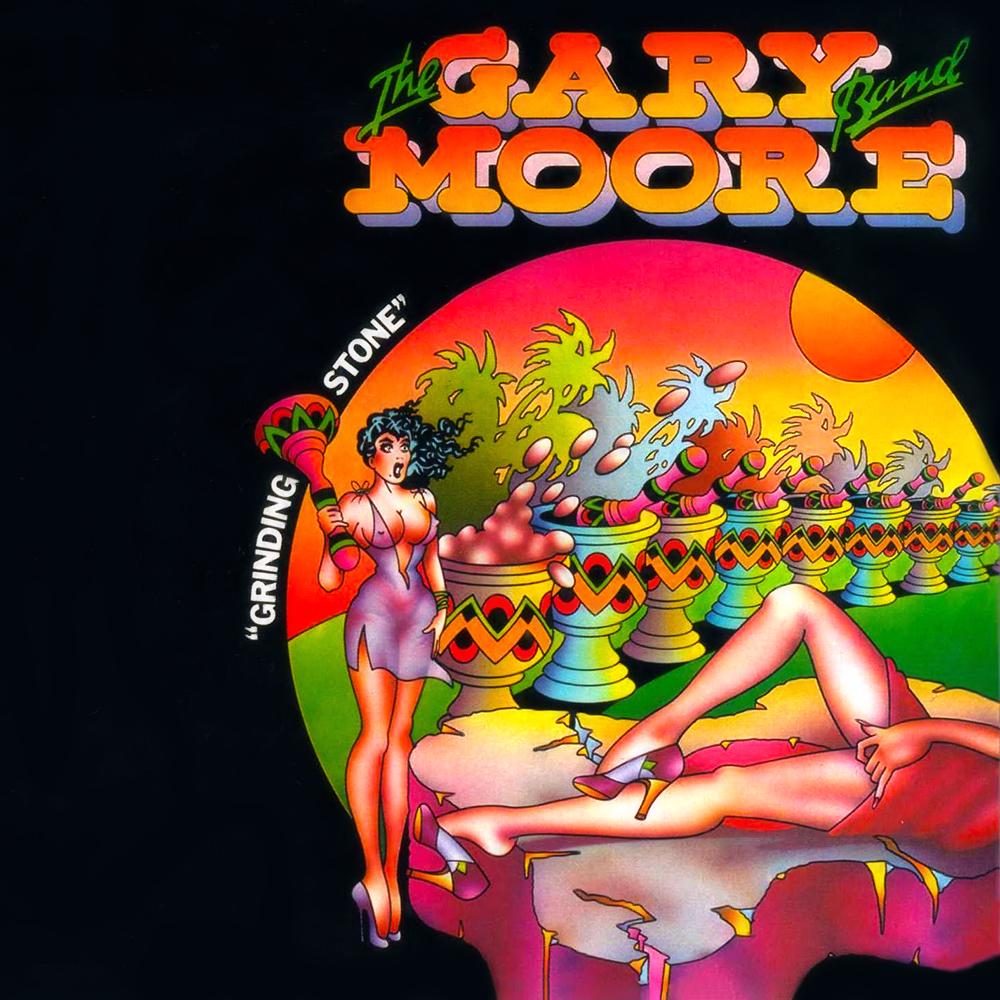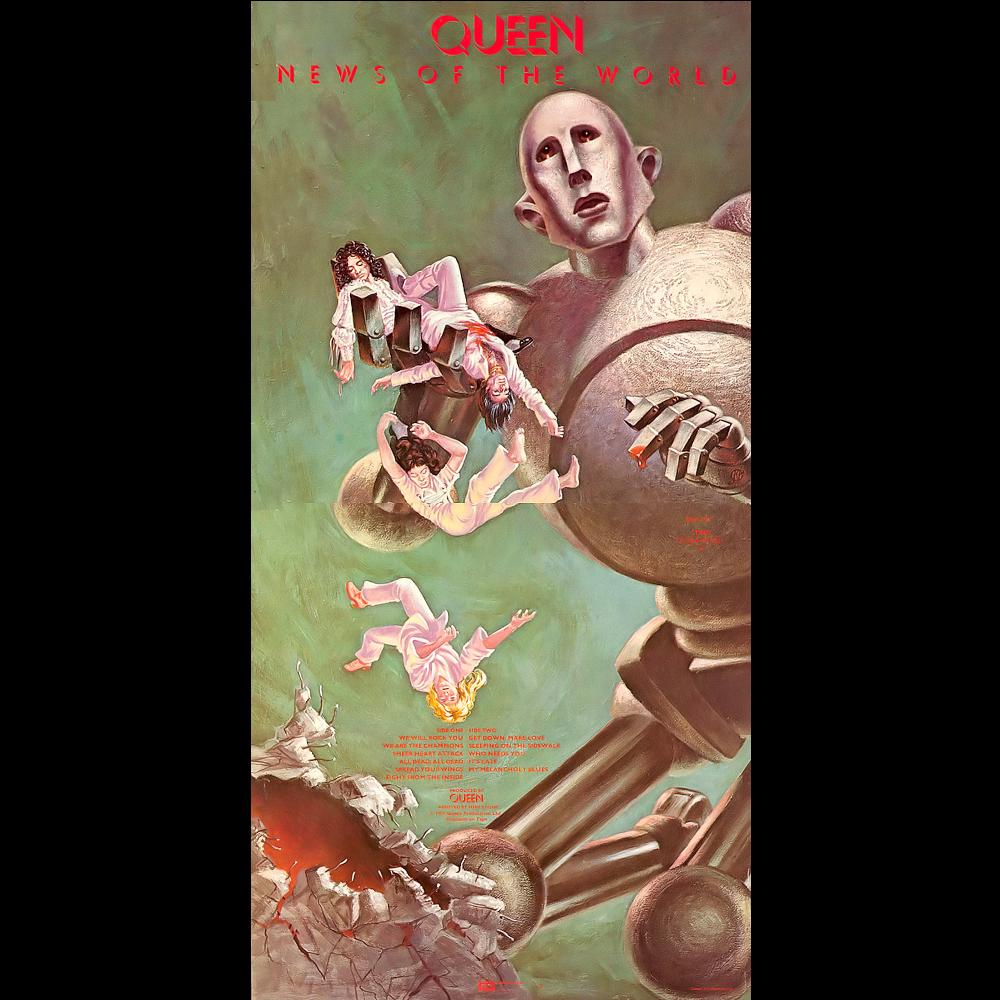
Album Information:
Album ID: 10097
The Gary Moore Band - Grinding Stone
Label: Repertoire Records
Catalog Number:
RES 2302
Release Date:
May 1973
1. Grinding Stone 9:40
2. Time To Heal 6:20
3. Sail Across The Mountain 6:57
4. The Energy Dance 2:29
5. Spirit 17:16
6. Boogie My Way Back Home 5:38


 Last Played: 12/23/24 03:33 PM
Last Played: 12/23/24 03:33 PM Last Played: 12/23/24 03:24 PM
Last Played: 12/23/24 03:24 PM